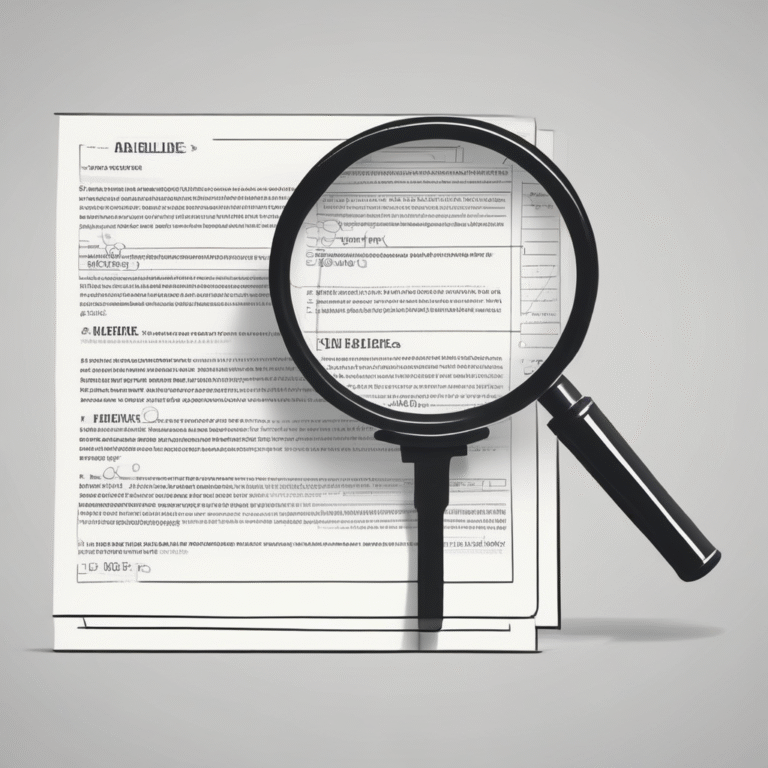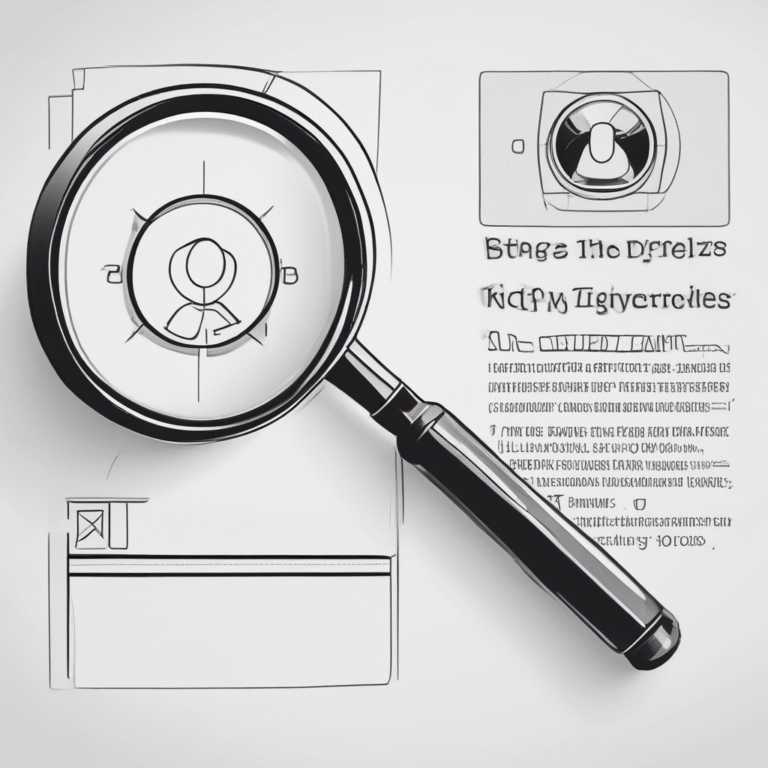The EU AI Act: Are You Prepared for Compliance?
The EU AI Act is set to reshape the landscape of artificial intelligence regulation within the European Union. As this comprehensive framework rolls out, organizations must prepare for its implications on both operations and compliance.
Introduction to the EU AI Act
On February 2025, the EU AI Act will begin its phased implementation, followed closely by the EU Data Act in the fall of the same year. These regulations aim to create a structured environment for the responsible use of data and artificial intelligence.
Importance of Compliance
Compliance with the EU AI Act is crucial for organizations that offer digital products, services, and functions. Failure to comply can result in significant operational challenges and financial penalties. Companies in industries like automotive must invest heavily in ensuring that their vehicles and associated infrastructures meet stringent digital compliance standards.
Challenges in Compliance
Organizations face considerable hurdles in understanding and interpreting the complexities of the EU AI Act. The interpretation of laws and the derivation of necessary measures require specialized knowledge and resources. Many companies struggle to implement effective compliance strategies alongside their day-to-day operations.
Designing an Efficient Compliance Organization
To navigate the challenges of compliance, organizations should consider a systematic approach to design their compliance framework. The following steps can guide organizations in establishing an effective compliance organization:
1. Develop a Compliance Strategy
Companies should outline their compliance mission and vision, aligning it with their product portfolio. Key considerations include:
- Identifying features currently in the market and in development.
- Determining necessary technologies and data for development.
- Understanding relevant legal and regulatory requirements.
2. Establish a Compliance Organization
This step involves defining tasks, roles, and responsibilities to promote transparency and collaboration among stakeholders across various departments including development, finance, and legal.
3. Design Compliance Processes
Creating centralized processes relevant to compliance is essential. This includes establishing a robust release process and implementing continuous improvement cycles to maintain efficiency and conformity.
4. Design Reporting and Monitoring
Companies should define key performance indicators (KPIs) that align with compliance objectives. Establishing meaningful dashboards will help in obtaining funding and support for targeted reporting.
5. Develop Skills and Competencies
Training concepts should be developed to raise awareness of compliance requirements among employees, ensuring they are equipped to handle compliance-related tasks.
6. Identify Technology and Tool Scenarios
Organizations must identify suitable IT platforms and AI solutions that facilitate efficiency, transparency, and traceability within their compliance efforts.
Conclusion
In today’s landscape, compliance is not merely a regulatory obligation but a competitive advantage. Companies that excel in compliance management while responsibly managing user data will distinguish themselves in the market. A proactive and integrated approach to compliance will not only minimize risks but also enhance operational efficiency.










